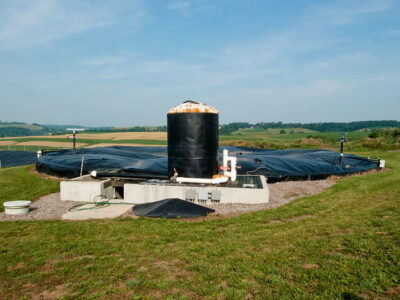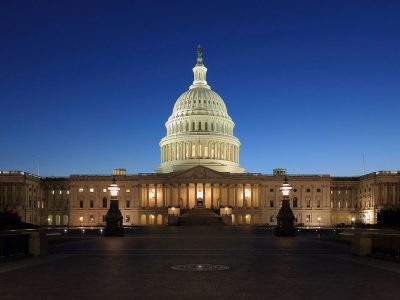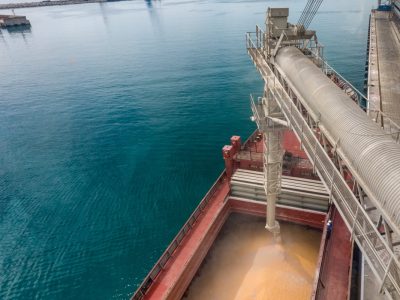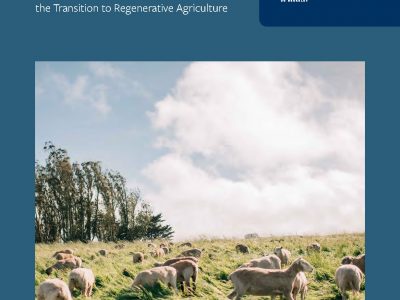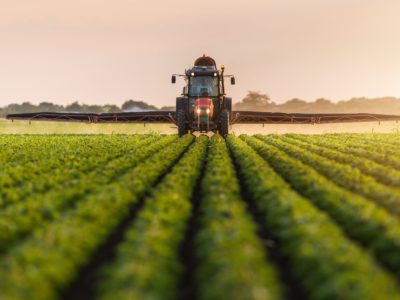Agriculture
7 Reasons California Should Get Tougher on Methane from Dairies
California lawmakers should rethink the role of dairy digesters in the state’s dairy and livestock mitigation strategy.
Even though California aims to decrease the emissions of methane, dairy operations are rewarded for creating, and capturing, more and more of the planet-warming super pollutant in the form of manure-derived biogas. Today, California lawmakers declined to correct that perverse incentive, but they still have opportunities to rethink the state’s embrace of digesters as its …
Continue reading “7 Reasons California Should Get Tougher on Methane from Dairies”
CONTINUE READINGLivestock Operations Are Responsible for Over Half of California’s Methane Emissions—Why Won’t CARB Regulate Them?
CARB will have the authority to regulate methane from livestock operations beginning in January but has not initiated rulemaking
At a recent California Air Resources Board (CARB) meeting, a staff member responded to a question about why CARB’s program for reducing emissions from transportation fuels incentivized the capture of methane from landfills so much less than the capture of methane from dairies: “Landfills have a different CI [carbon intensity] score because they are …
CONTINUE READINGIRA Implementation: The State of Play
It’s not easy to get a handle on IRA implementation, but some agencies are off to a good start.
The Inflation Reduction Act is Biden’s signature climate program. You’d think it would be easy to get an analysis of the government’s funding efforts in its first year. It’s not. This seems like an unforced error to me. In political terms, this seems like a lost opportunity to showcase the government’s achievements; it’s also a …
Continue reading “IRA Implementation: The State of Play”
CONTINUE READINGClimate Rides the Omnibus
The year-end law gives a boost to climate-related spending
The omnibus spending bill is by no means a “climate law.” Because it spans the entire government, though, it has many provisions relating to climate change. They aren’t dramatic step forward. But the fact that they can pass as part of a bipartisan spending law is a sign of how climate change is slowly becoming …
Continue reading “Climate Rides the Omnibus”
CONTINUE READINGA “Hunger Catastrophe” in the Making
Understanding the Current Global Food Crisis
The global food system is in crisis for the third time in fifteen years. Food prices are hitting all-time highs, pushing hundreds of millions of people deeper into poverty and food insecurity and threatening political stability in regions around the world. The World Food Programme has called the current situation a “hunger catastrophe,” noting that …
Continue reading “A “Hunger Catastrophe” in the Making”
CONTINUE READINGTackling Agricultural Methane: An Overview of the Science
Promising strategies and technologies to address an urgent climate priority
(This post was authored by Eric Peshkin, a JD candidate at NYU School of Law and CLEE summer research assistant) Agricultural greenhouse gas (GHG) emissions from the raising of livestock and growth of crops for human consumption represent 14% of global GHG emissions. Methane (CH4) is a central GHG generated during agricultural production (via microbial …
Continue reading “Tackling Agricultural Methane: An Overview of the Science”
CONTINUE READINGAgriculture As A Climate Solution
New CLEE / Berkeley Food Institute report on how to promote regenerative agriculture
The climate fight should ultimately benefit all communities, just as they are all part of the solution. Agricultural communities are no exception. Farmers and ranchers can implement climate-friendly techniques that both sequester carbon and boost profits and long-term sustainability (sometimes referred to as “regenerative agriculture”). Examples of these practices include crop diversification and rotation, cover …
Continue reading “Agriculture As A Climate Solution”
CONTINUE READINGGuest Contributors Helen Kang and Deborah Sivas: California Should Lead the Nation in Controlling Agricultural Pollution
Protection of Drinking Water and Environmental Quality Demands Strong Action
Agricultural runoff is one of the largest sources of pollution in the nation’s waterways. In recent years, scientific journals and the media have been filled with reports of toxic algae blooms and dead zones near and far: The Everglades, Great Lakes, Gulf of Mexico, Chesapeake Bay, and San Francisco Bay-Delta. Agricultural pollution also threatens public …
CONTINUE READINGGovernance on the Ground—Evaluating Pesticide Regulation in California
In a new study, UCLA and USC researchers find that California state and county officials are falling short in evaluating use of agricultural pesticides.
Editor’s note: a new report from researchers at UCLA and USC provides a systematic review of California’s county-level regulation of pesticides. Read the report, a 4-page summary, and a press release. It is well known that the law on the ground often looks quite different than the law on the books. California’s pesticide regulatory program …
Continue reading “Governance on the Ground—Evaluating Pesticide Regulation in California”
CONTINUE READINGGuest Blogger Ken Alex: Working and Natural Lands, From Sources to Sinks
Post #6 in a Series on California Climate Policy by Ken Alex, Senior Policy Advisor to Gov. Jerry Brown
[This is the sixth post in a series expressing my view of why California’s actions on climate change are so important and how they will change the world. The introductory post provides an overview and some general context.] Roughly 80% of California land is protected or agricultural. That includes deserts, forests, wetlands, foothills, and multiple vegetative types, …
Continue reading “Guest Blogger Ken Alex: Working and Natural Lands, From Sources to Sinks”
CONTINUE READING




